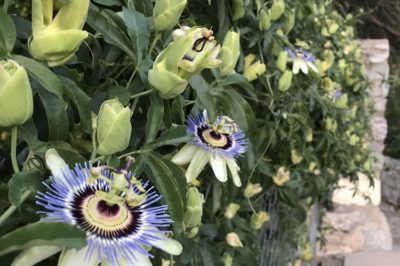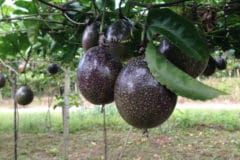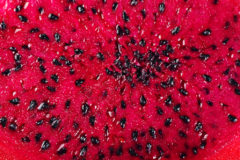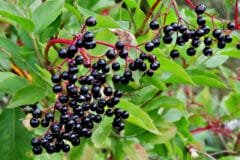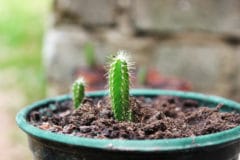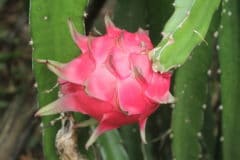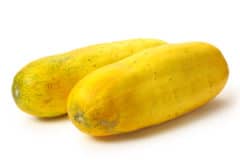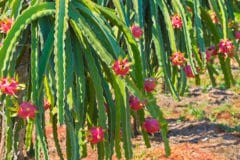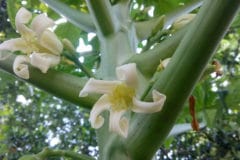Location
Since passion fruit is a tropical plant, it needs full sun. When choosing the location for planting, ensure that it’s protected from wind and cold weather that could cause frost. Also, the location should have well-drained soil. If your soil conditions aren’t favorable, then try growing the passion flower in containers or raised beds.
Growing Passion Fruit from Seeds
The most important factor for growing passion fruit from seeds is to collect fresh seeds. Old seeds won’t germinate at all, or they will take a long time to sprout. You can get your fresh seeds right from the passion fruit that you buy at the grocery store.
- Choose a ripe passionfruit
- Slice it open
- Remove the pulp and seeds
- Make a mixture of soil, compost and sand.
- Fill the pots with about 4 inches of soil.
- Plant the seeds one-half inch apart, in pots filled with the soil mixture.
- Cover the seeds with a thin layer of the soil mixture.
- Transplant the seedlings to your garden when they reach about 10 inches tall.
Growing Passion Fruit Vines
If you’re planting a young passion fruit plant, then you’ll need a trellis, wall or fence for it to grow on. These plants have climbing vines that keep the fruit off the ground. They grow quickly, so be prepared. Their vines wrap around just about anything, and they can smother smaller plants. Follow these tips for planting passion fruit:
- Dig a hole twice the size of the root ball.
- Add compost to the soil that you removed.
- Place the plant in the hole.
- Refill around the plant with the soil and compost mixture.
- Spread mulch around the plant.
Caring for Passion Fruit
Make sure you give your passion fruit plenty of water but don’t let it form puddles around the plant. Spreading several inches of mulch, compost and organic fertilizer will help drainage and provide enough nutrients for healthy foliage, flowers and fruit.
